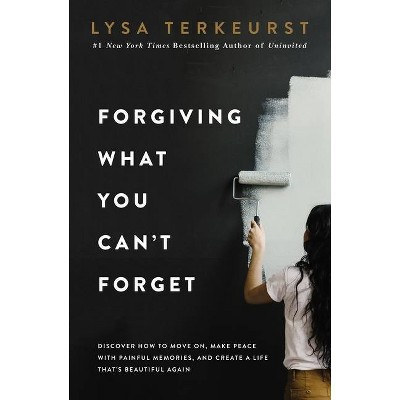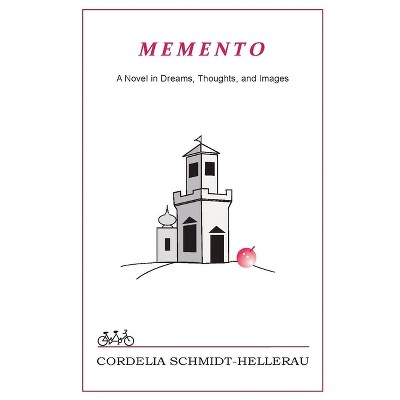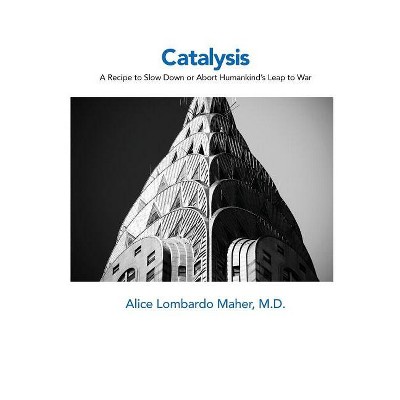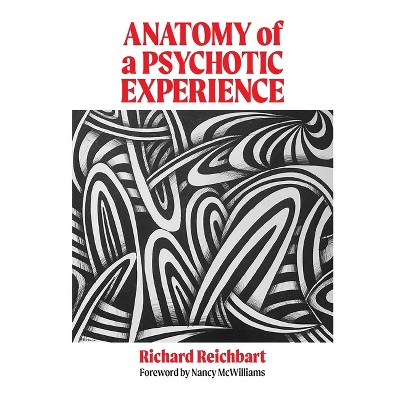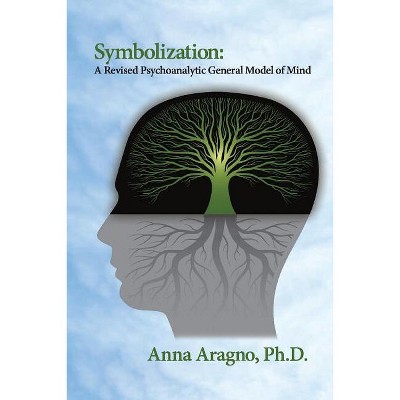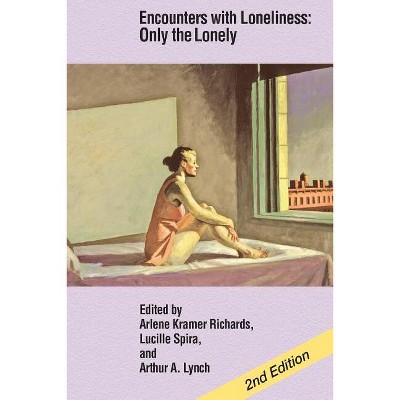Sponsored

Driven to Survive - by Cordelia Schmidt-Hellerau (Paperback)
In Stock
Sponsored
About this item
Highlights
- With the papers in this volume, I want to turn a spotlight onto this forgotten dimension of our mental life.
- Author(s): Cordelia Schmidt-Hellerau
- 468 Pages
- Psychology, Clinical Psychology
Description
Book Synopsis
With the papers in this volume, I want to turn a spotlight onto this forgotten dimension of our mental life. I have selected essays that expand and develop the trunk of Freud's original notion into a differentiated concept that now can be used as an integral part of our theoretical and clinical thinking. My hope is that the reader will gain a new sense of self- and object-preservative needs and anxieties, which are pervasive but often almost unnoticeable as they pave the ground in the depths of an unconscious territory that waits to be revealed and analyzed.
This book is organized into four sections preceded by an introduction in which I present a brief and easily accessible summary of the main self-preservative drive, elaborating and integrating it into our contemporary
theory of the mind. To me, this opened a door to a new, still-unexplored, and mostly unconscious part of the mind.
Review Quotes
Cordelia Schmidt-Hellerau has given us a work of deep scholarship and original thought. Fully engrossing and forceful in presentation, it is a bold and necessary reworking of Freudian drive theory. Her new formulations will reshape our thinking and our way of listening.
Daniel Jacobs, M.D.
This is a sharp, courageous, innovative and thoroughly documented exploration of one of the most problematic, unresolved and disputed areas of Freud=s theory: preservative drives as part of the death drives. Cordelia Schmidt-Hellerau develops a revolutionary approach to the topic that leads to an unexpected, substantive metapsychological revision, a remarkable change of clinical perspective, and further considerations of cultural assumptions. Her convincing proposal gives us a new vision in psychoanalysis.
Stefano Bolognini, MD
IPA Past President
Driven to Survive is a book that can make our impossible profession closer to possible. This is so because it throws a new light at a forgotten, often almost unnoticeable dimension of human strivings, the daily struggle to survive. Showing with many clinical examples how the needs of self- and object-preservation, as well as their neglect and pathology impact our patients' lives and treatments, it gives the therapist a new sense of what awaits to be addressed, explored, and understood. Reading it is like having a good session, in which a dark background brightens and new perspectives come into focus.
Arlene Kramer Richards.
Author, "Listening to Understand."





